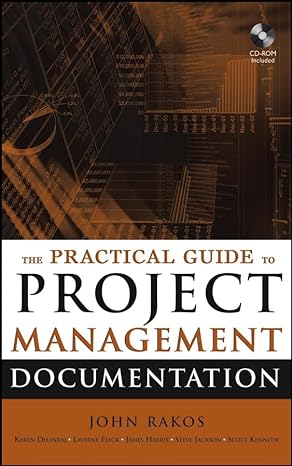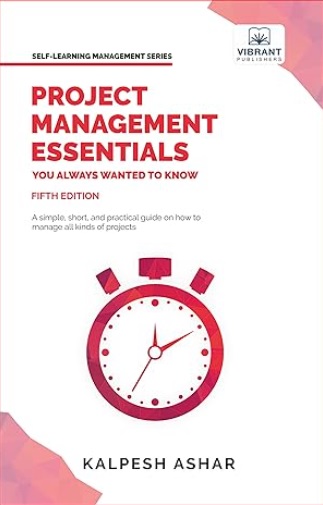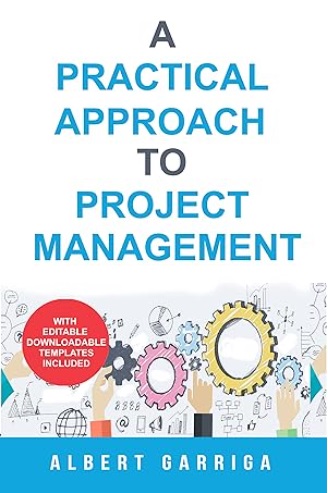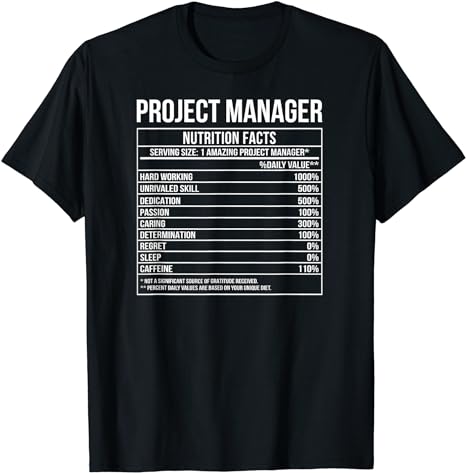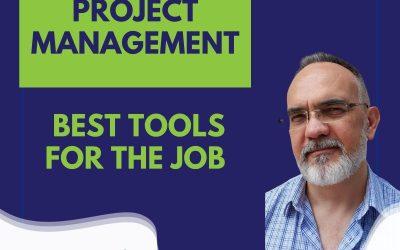Introduction
Effective project documentation is a cornerstone of successful project management. It serves as the backbone for communication, decision-making, and accountability throughout the project lifecycle. Here are some best practices to ensure your project documentation is thorough and effective.
Start Early and Update Regularly
Begin documenting at the outset of the project and keep records up to date as the project progresses. This ensures that all stakeholders have access to the most current information and can make informed decisions.
Be Clear and Concise
Documentation should be clear, concise, and easy to understand. Avoid jargon and technical terms that might be confusing to some stakeholders. The goal is to communicate effectively, not to impress with complex language.
Include All Key Elements
Effective documentation should include:
– Project scope and objectives
– Roles and responsibilities
– Schedule and milestones
– Budget details
– Risk management plans
– Communication plans
– Change logs
– Meeting minutes
– Status reports
Use Standard Templates
Utilize standard templates for common documents like project plans, status reports, and meeting agendas. This promotes consistency and makes it easier for team members and stakeholders to find the information they need.
Ensure Accessibility
Store documentation in a central, accessible location, such as a project management tool or a shared drive. This allows team members and stakeholders to access information when they need it, fostering transparency and collaboration.
Maintain Version Control
Keep track of document versions and changes to ensure everyone is working from the most recent and accurate information. This is especially important for documents that undergo frequent updates.
Review and Approve Documents
Key documents should be reviewed and approved by the relevant stakeholders. This ensures that everyone agrees on the project details and that the documentation accurately reflects the project’s status and plans.
Archive Documentation
At the end of the project, archive all documentation for future reference. This can be invaluable for post-project reviews, audits, and informing future projects.
Conclusion
Thorough and effective project documentation is not just a bureaucratic requirement; it’s a strategic tool that can significantly impact the success of your project. By following these best practices, you can ensure that your project documentation serves its purpose as a clear, comprehensive, and accessible record of your project’s journey.
Remember, the effort you put into documentation is an investment in your project’s clarity, accountability, and ultimately, its success.
Some Helpful/Interesting links to Amazon resources:
The books below contain some helpful templates for project documentation. “A practical approach to project management: Editable templates included” is a quick, easy and cheap read if you want a quick overview of “Practical Project Management”
Contact us for a free consultation
Unlock the Power of Expertise for Your Project’s Success!
With over 28 years of National and International Project Management experience across diverse industries, we have the insights and expertise to guide you to the perfect methodology, tools, and team. Don’t let uncertainty hold you back – take the first step towards a successful project with our proven expertise. Contact us now to transform your project vision into reality!
Setting Clear Project Objectives: A Practical Guide to Better Project Outcomes
In the realm of practical project management, setting clear proejct objectives is the cornerstone of success. It's the compass that guides your team, the benchmark for measuring progress, and the foundation upon which all project decisions are made. But how do we...
What is PMBOK
Understanding PMBOK: A Guide to the Project Management Body of Knowledge In the realm of project management, PMBOK (Project Management Body of Knowledge) shines as a key framework for success, underpinning methodologies and standards. This guide is a cornerstone in an...
Practical Project Management Tools and Software – Including Cost Considerations
Looking for the Best Project Management Tools? Updated: 3 April 2024 Welcome to this article from our series on mastering the fundamentals of project management! Today, we're exploring the essential Project Management tools and software that streamline processes,...
Need help?
Hours
Mo-Fr: 8:00 – 17:00
Closed on public holidays
Call Us
Office
Pretoria, Gauteng, South Africa


